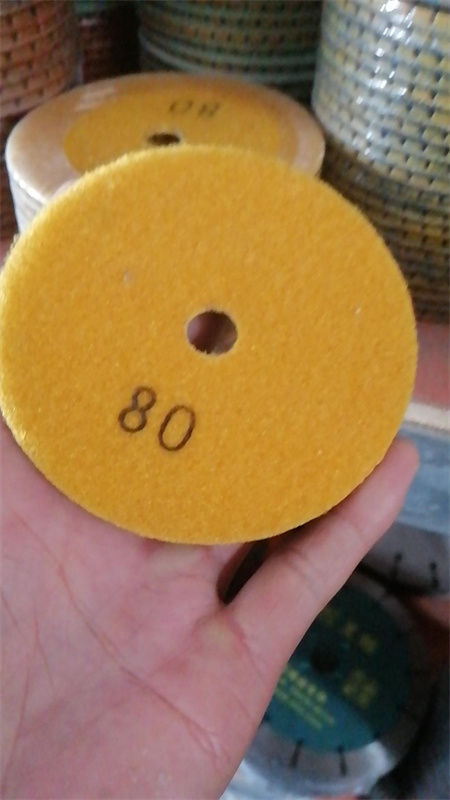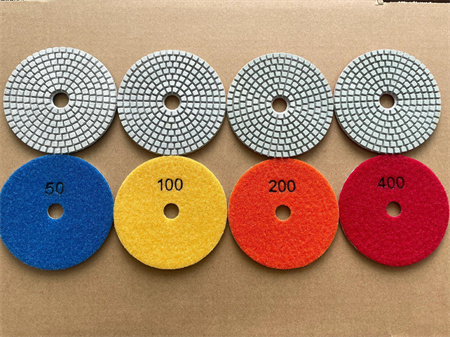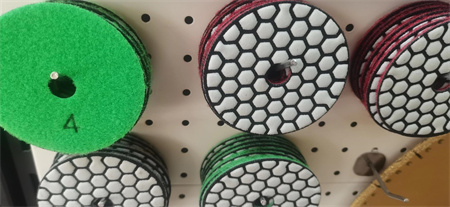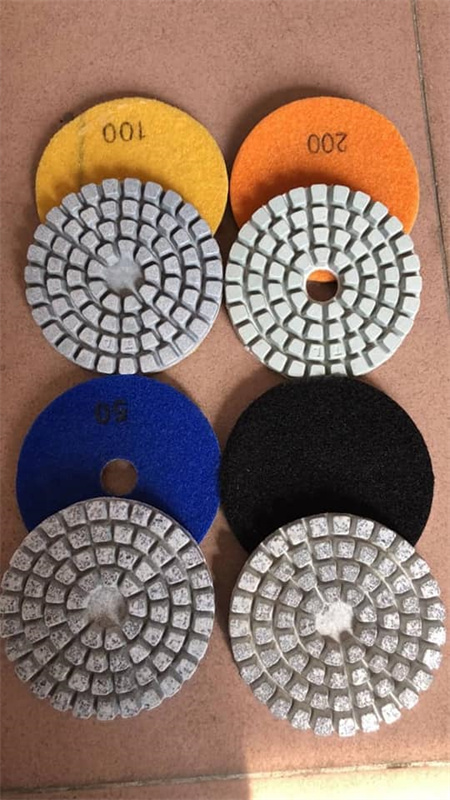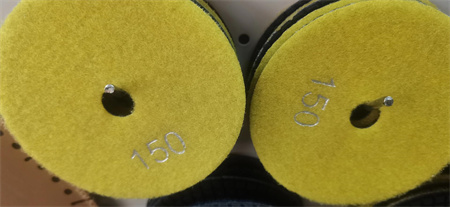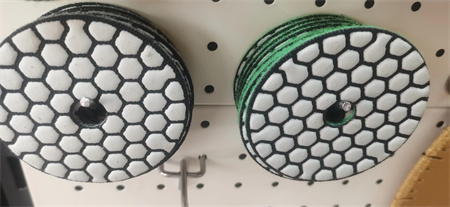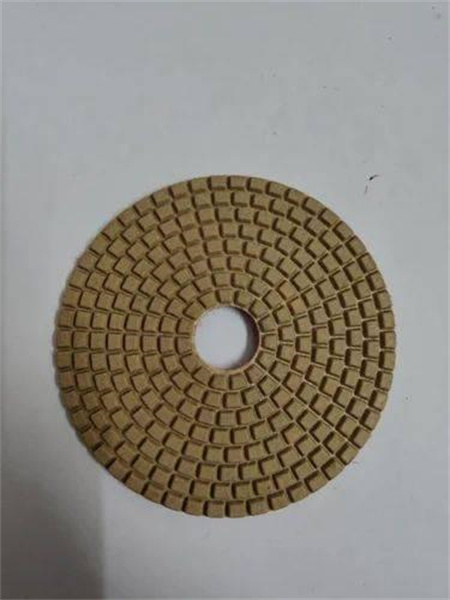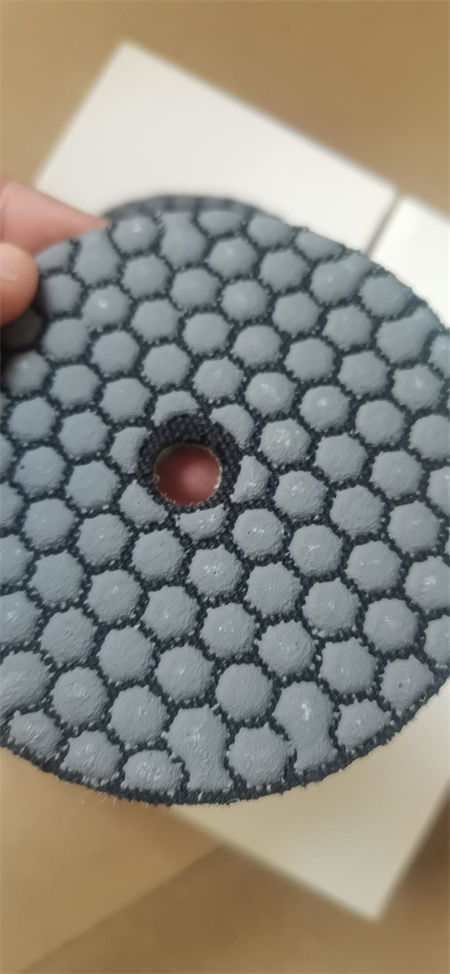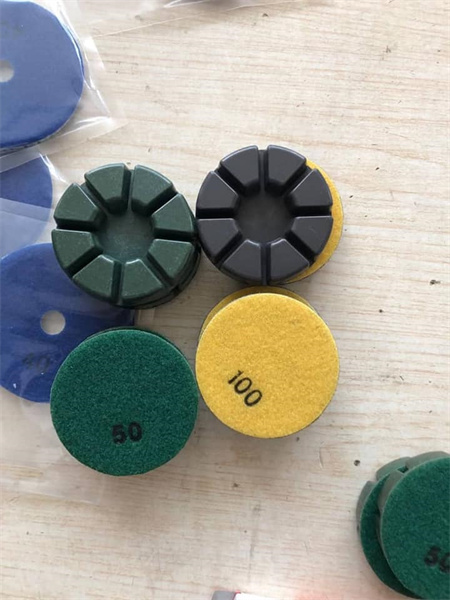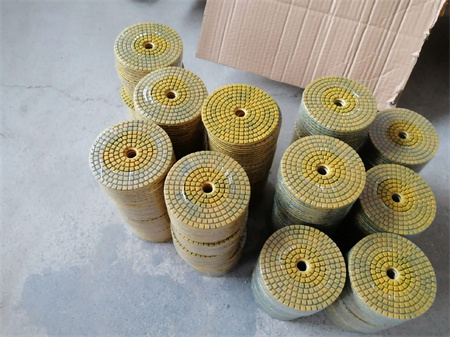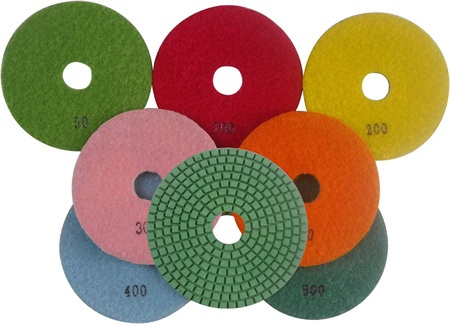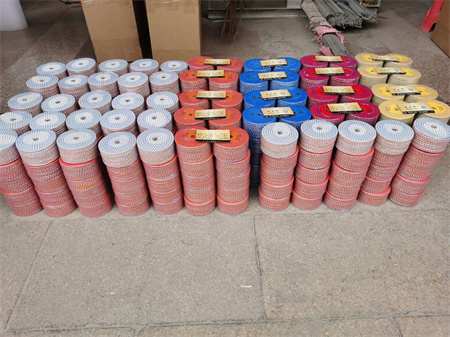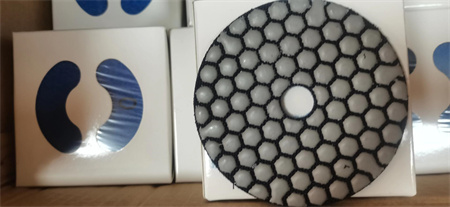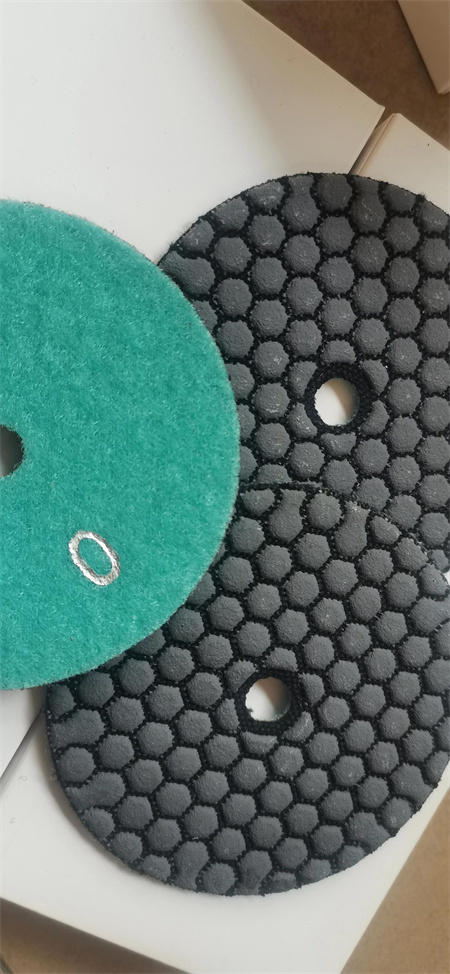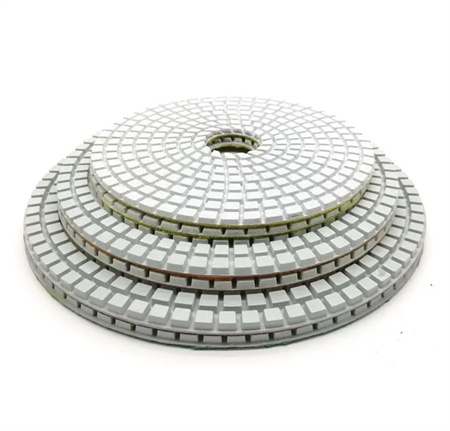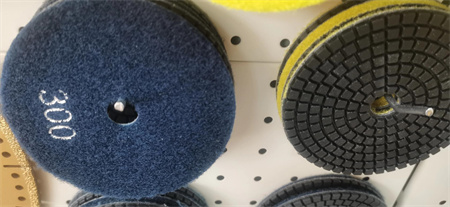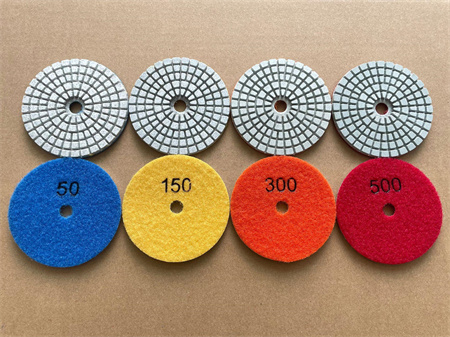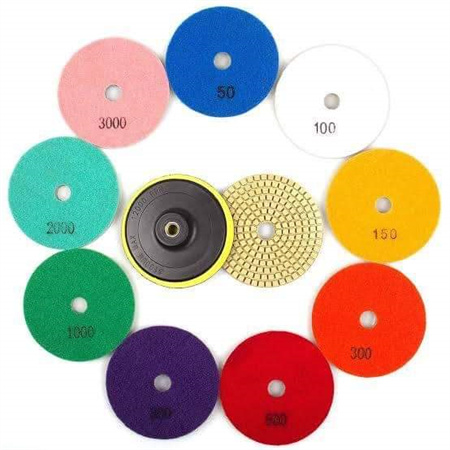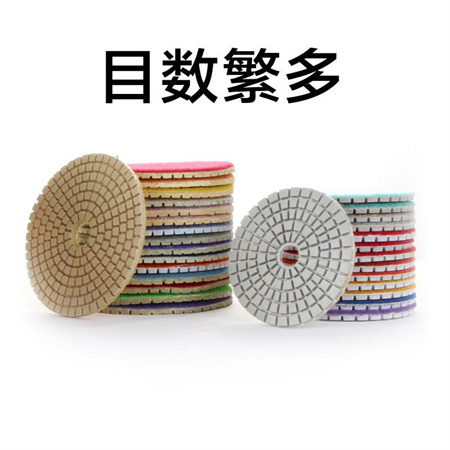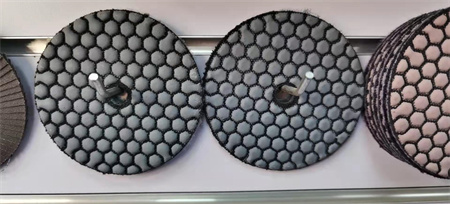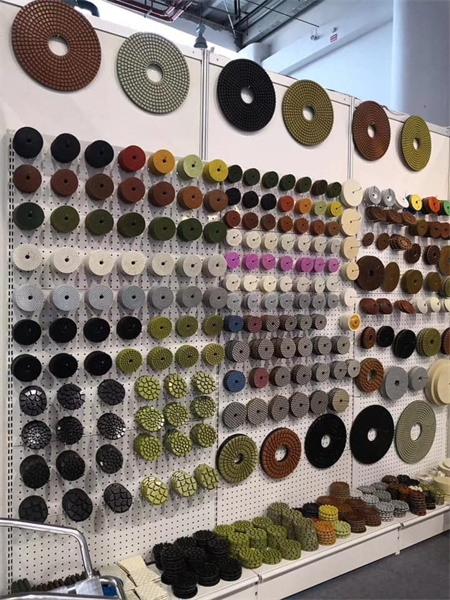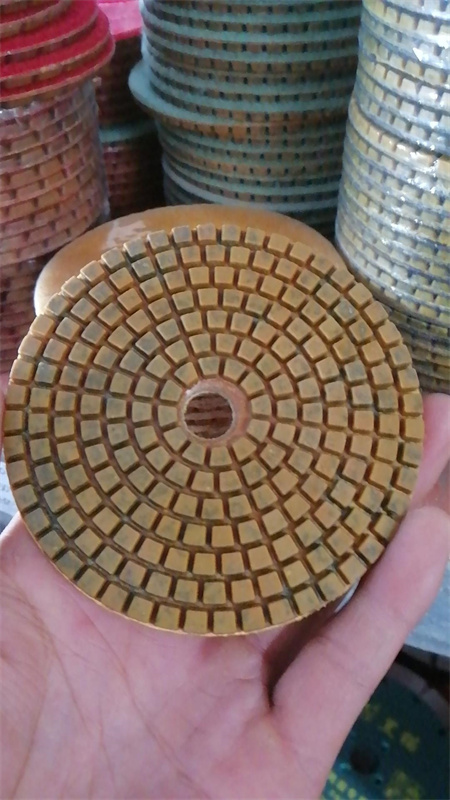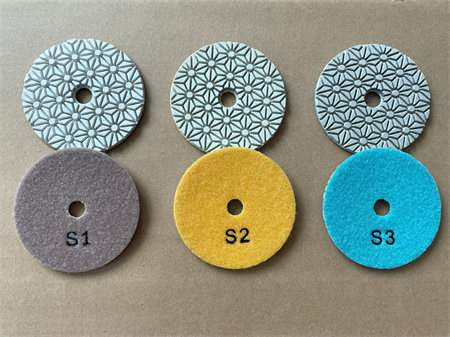Granite Polishing Pads Direct Manufacturer China
Granite polishing pads are essential tools for achieving a smooth, glossy finish on granite surfaces, and finding a reliable source for these pads can make a huge difference in the quality of your work. As one of the leading suppliers and direct manufacturers in China, we offer high-quality granite polishing pads that meet the needs of both professionals and DIY enthusiasts.
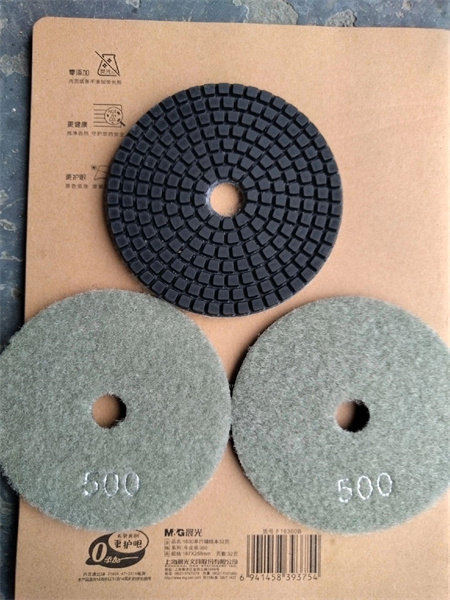
What sets our granite polishing pads apart is the exceptional craftsmanship and attention to detail in every single product. Made from high-grade materials, these pads are designed to provide consistent results, whether you’re polishing countertops, floors, or other granite surfaces. The durability of our pads ensures long-lasting use, making them an excellent investment for both small-scale projects and large-scale commercial work.

Our pads come in a wide range of grits, allowing you to achieve everything from initial grinding to a high-gloss finish. Whether you’re working on rough or smooth surfaces, you’ll find that our pads offer unparalleled performance. The flexible design of our polishing pads allows for easy maneuverability, even on curved or hard-to-reach areas, ensuring that every corner of your granite project gets the attention it deserves.
In addition to our high-quality materials, we take pride in our efficient manufacturing process. As a direct manufacturer, we cut out the middleman, which means more competitive pricing for you. By sourcing materials and producing the pads in-house, we’re able to maintain a strict quality control process, ensuring that each pad meets the highest industry standards. This direct manufacturing model also allows us to offer customizable options, so you can select the specific type and size of pads that suit your project needs.
When you choose to work with us, you’re not only getting premium granite polishing pads but also access to years of expertise and customer service that’s always ready to help. We’re committed to delivering products that you can trust to get the job done right, every time.
So, whether you’re polishing granite for a home renovation or working on a large construction project, our granite polishing pads from China provide a perfect balance of quality, performance, and affordability. With us, you’ll always have the right tool for the job.
